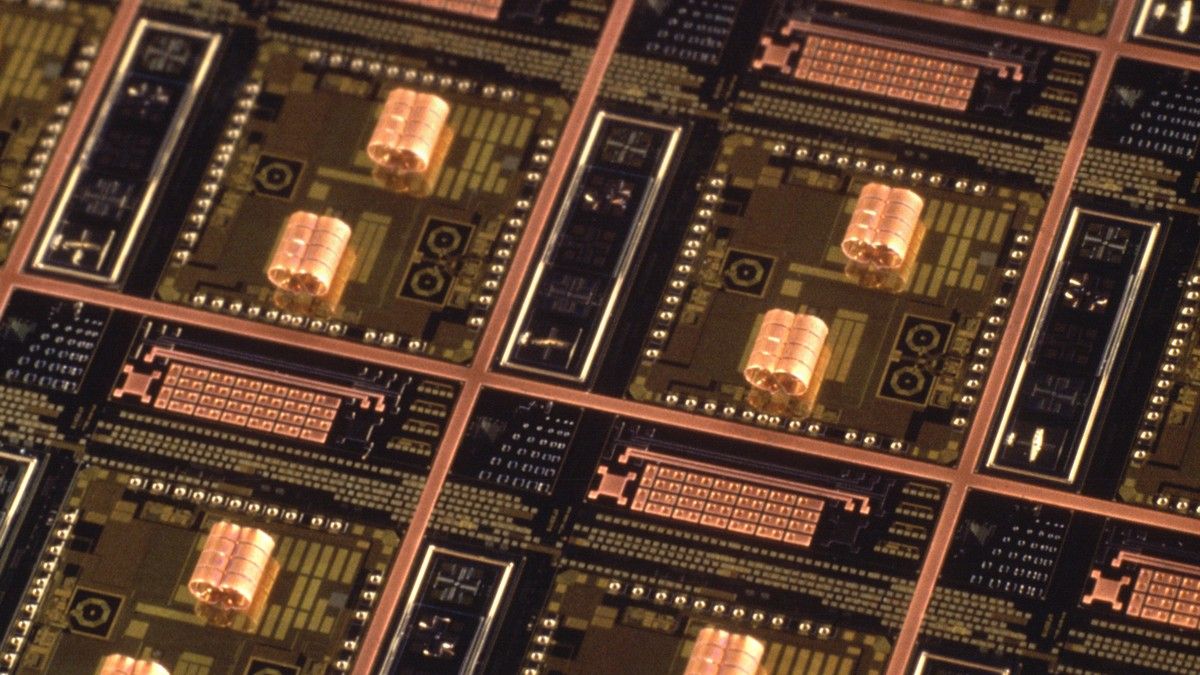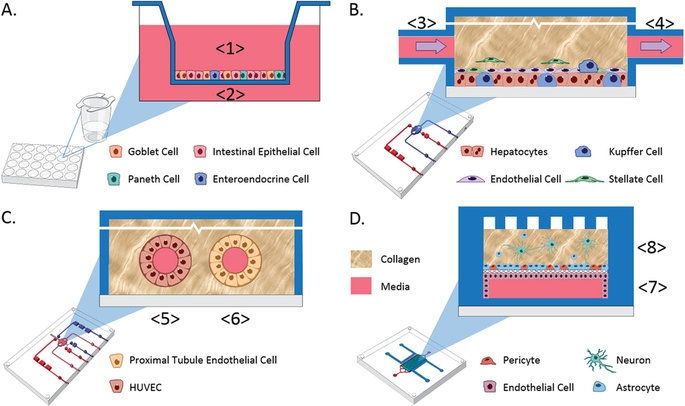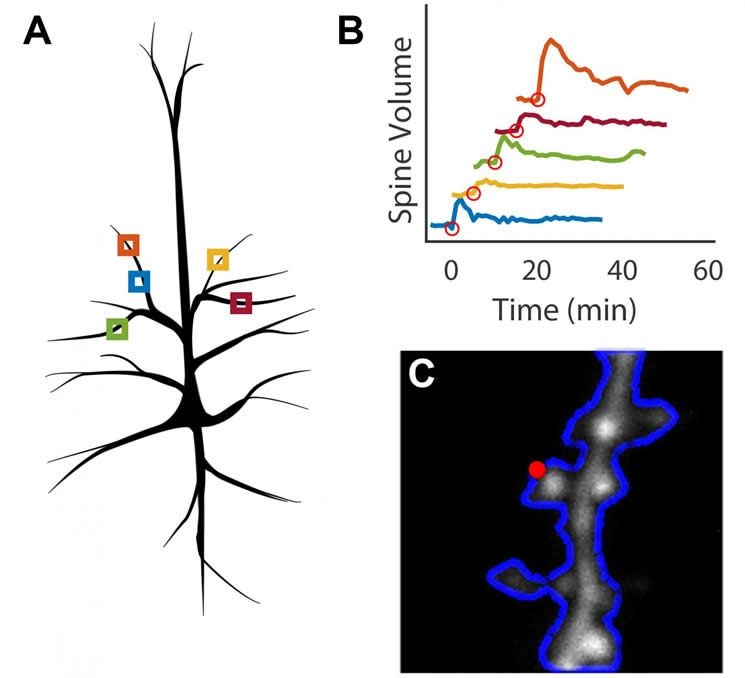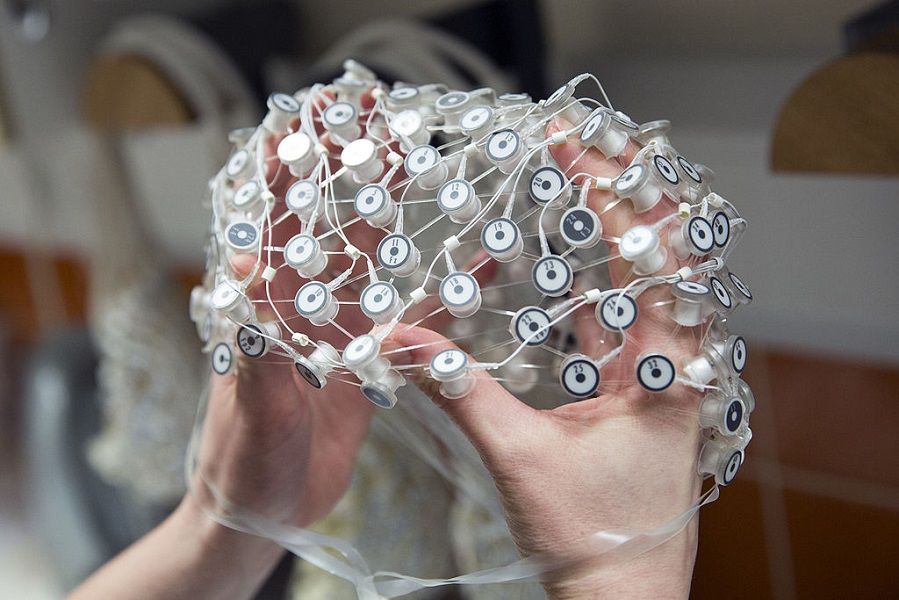Archive for the ‘neuroscience’ category: Page 288
Feb 14, 2017
IARPA launches crowdsourcing research effort
Posted by Karen Hurst in categories: law, neuroscience, policy
I believe we’re already doing this in other programs around SWARM Data Intelligence. Wish they would re-leverage other US Govt. programs and their work…
WASHINGTON. The Intelligence Advanced Research Projects Activity (IARPA), part of the Office of the Director of National Intelligence, has announced that it is embarking on a multiyear research effort to develop and test large-scale, structured collaboration methods to improve reasoning. If the project is successful, the Crowdsourcing Evidence, Argumentation, Thinking and Evaluation (known as “CREATE”) program will improve analysts’ and decisionmakers’ understanding of the evidence and assumptions that support or conflict with their conclusions.
The agency is confident that the knowledge gained through this project will improve its ability to provide accurate, timely, and well-supported analyses of the complex issues and questions facing the intelligence community.
Continue reading “IARPA launches crowdsourcing research effort” »
Feb 11, 2017
Intel’s Quantum Computing
Posted by Karen Hurst in categories: biological, computing, neuroscience, quantum physics

More on Intel’s plans for a Quantum Neuromorphic chip to mimic the brain on QC. Should be interesting as they will be researching Quantum Biology/ Biosystem technology of the human brain to make this happen. And, will also be assessing cell electromagnetic spin, much of the other quantum mechanic properties of the brain. So, consider the race is on now for a Quantum Biosystem brain. And, the question now is which one will get there 1st and which type? DARPA’s Quantum Biosystem enhanced brain or one like Intel’s Quantum Neuromorphic chip mimicking the human brain?
Things are about to become very interesting for all.
Feb 9, 2017
This technology could finally make brain implants practical
Posted by Shane Hinshaw in category: neuroscience
Harvard Medical School is testing a new design of a brain implant meant to restore vision to the blind.
Feb 9, 2017
Brain to Brain Connectivity During Distal Psycho-informational Influence Sessions, Between Spatially and Sensory Isolated Subjects
Posted by Karen Hurst in categories: business, life extension, neuroscience, quantum physics
Sharing more research conducted on Quantum Bio’s Brain to Brain communications. For all my hardware/ device friends exploring their own futures in a QC world. This was resurfaced in Jan 2017; the report itself is still relevant. Quantum Bio truly will change our device markets, IoT, and medicine/ healthcare drastically. This will be where we truly see tech and bio as one.
Want to see real convergence of tech and bio meaning no more need for smart devices, improved immunology in humans to counteract proactively disease and illness, accelerate heal times from injuries, reverse aging, etc. then you need to definitely engage Quantum bio in your work and discoveries as many have seen its potential and making changes leveraging this technology.
What you do on the Internet is nobody’s business but yours. At ProxySite.com, we stand between your web use and anyone who tries to sneak a peek at it. Instead of connecting directly to a website, let us connect to the website and send it back to you, and no one will know where you’ve been. Big Brother (or other, less ominous snoops) won’t be able to look over your shoulder and spy on you to see what you’re reading, watching or saying.
Feb 8, 2017
Intestine, Liver, Kidney Proximal Tubule, Blood-Brain Barrier and Skeletal Muscle
Posted by Karen Hurst in categories: bioengineering, biotech/medical, life extension, neuroscience, quantum physics
This is definitely a share that is interesting to many studying synthetic organs and their acceptance into the human body as well as the work occurring on Quantum biology as well.
The goal of in vitro and in vivo toxicity testing is to identify compounds that would predict adverse reactions in humans. Olson et al. found that only 70% of human toxicity was predicted from animal testing. Currently we rely on traditional toxicity testing in animals, a 1930’s methodology that is now challenged due to questionable relevance to human risk, high cost, ethical concerns, and throughput that is too limited for the nearly 80,000 industrial chemicals not yet tested for safety. Additionally, testing usually extrapolates acute, high dose animal results to chronic, low dose human exposures, thereby risking rejection or limiting the use of drugs, industrial chemicals or consumer products. Moreover, the ability of lab animal target organ toxicity to predict dose-limiting toxicity in the corresponding human organ varies widely, from a low of 30% for human cutaneous toxicity, to 50–60% for human hepatotoxicity, to a high of 90% for hematological drug toxicity. Animal drug efficacy models are also notoriously discordant. In an analysis of six drugs to treat head injury, hemorrhage, acute ischemic stroke, neonatal respiratory distress syndrome, and osteoporosis, it was found that efficacy was similar in animals and humans for three drugs but was dissimilar for another three. In oncology drug development, animal models often over-predict anti-tumor efficacy in humans3,4. Examples such as these highlight the need to continue research into methods that reduce the dependence on laboratory animals for toxicity testing of environmental chemicals, determine efficacy and toxicity in drug development, serve as a mimic of human diseases, and provide patient-specific guidance in the emerging field of precision medicine.
Recent advances in bioengineered materials, microfluidic technology, and the availability of human primary, immortalized, and induced pluripotent stem cell (iPSC)-derived cells are enabling development of human microphysiological systems (MPS), sometimes called “organs-on-a-chip” or “human-on-a-chip,” that use multiple organ-specific human cells to recapitulate many functional and structural properties of a human organ. It is now generally accepted and supported by data that cellular responses to drugs in most human organs are more accurately approximated in 3D cell cultures than in traditional static 2D cell cultures5,6. Microfluidic perfusion further improves model performance by providing a flow of nutrients and oxygen and the removal of waste products from the cell cultures. Physiologically relevant flow increases oxygen consumption, Krebs cycle activity and secretion of synthesized proteins, and decreases expression of the hypoxia HIF1 gene. Flow also improves the absorption and metabolism of compounds like benzo[a]pyrene6,8,9. The large number of recent publications reviewing organ MPS models indicates a high degree of interest by industrial and academic researchers, granting agencies and other stakeholders10,11,12,13. In addition to the stand-alone MPS, investigators are linking MPS to study organ-organ functional interactions, efficacy, PK and toxicology14,15,16,17,18.
Feb 7, 2017
Brain-Based Immune Proteins Act as Universal Sensing Mechanism That Regulate Sleep
Posted by Karen Hurst in categories: biotech/medical, neuroscience
Nice.
Sleep — one of the most basic, yet most mystifying processes of the human body — has confounded physicians, scientists and evolutionary biologists for centuries.
Feb 7, 2017
New Software Automates Brain Imaging
Posted by Karen Hurst in categories: neuroscience, robotics/AI
Nice.
Summary: Newly developed software allows researchers to study synaptic plasticity in dendritic spines.
Source: max planck florida institute for neuroscience.
Feb 7, 2017
Two Brain Networks Crucial To Decision-Making Identified
Posted by Karen Hurst in categories: biotech/medical, neuroscience
Researchers have found two different neural paths responsible for decision-making processes in humans, related to accuracy and speed. The results of this research could help scientists create better treatment for patients suffering from neurological disorders. ( Oli Scarff | Getty Images )
Two new mechanisms responsible for the balance between speed and accuracy in the humans’ decision-making process have been identified. Researchers have brought new insight on how quickly a decision can be made and on the amount of information necessary to make it.
The research, conducted by scientists from the Medical Research Council Brain Network Dynamics Unit at the University of Oxford, was published in the journal eLife, and it explains in greater detail a type of brain wiring that could be employed in treating neurological disorders, such as Parkinson’s disease.
Continue reading “Two Brain Networks Crucial To Decision-Making Identified” »
Feb 7, 2017
Toxic particles from air pollution causing people’s brains to swell… “city life” linked to brain deterioration
Posted by Karen Hurst in categories: neuroscience, sustainability
Geez; not good. 1st thought is our friends in Beijing.
Signup for our newsletter, we will respect your inbox and privacy.
















